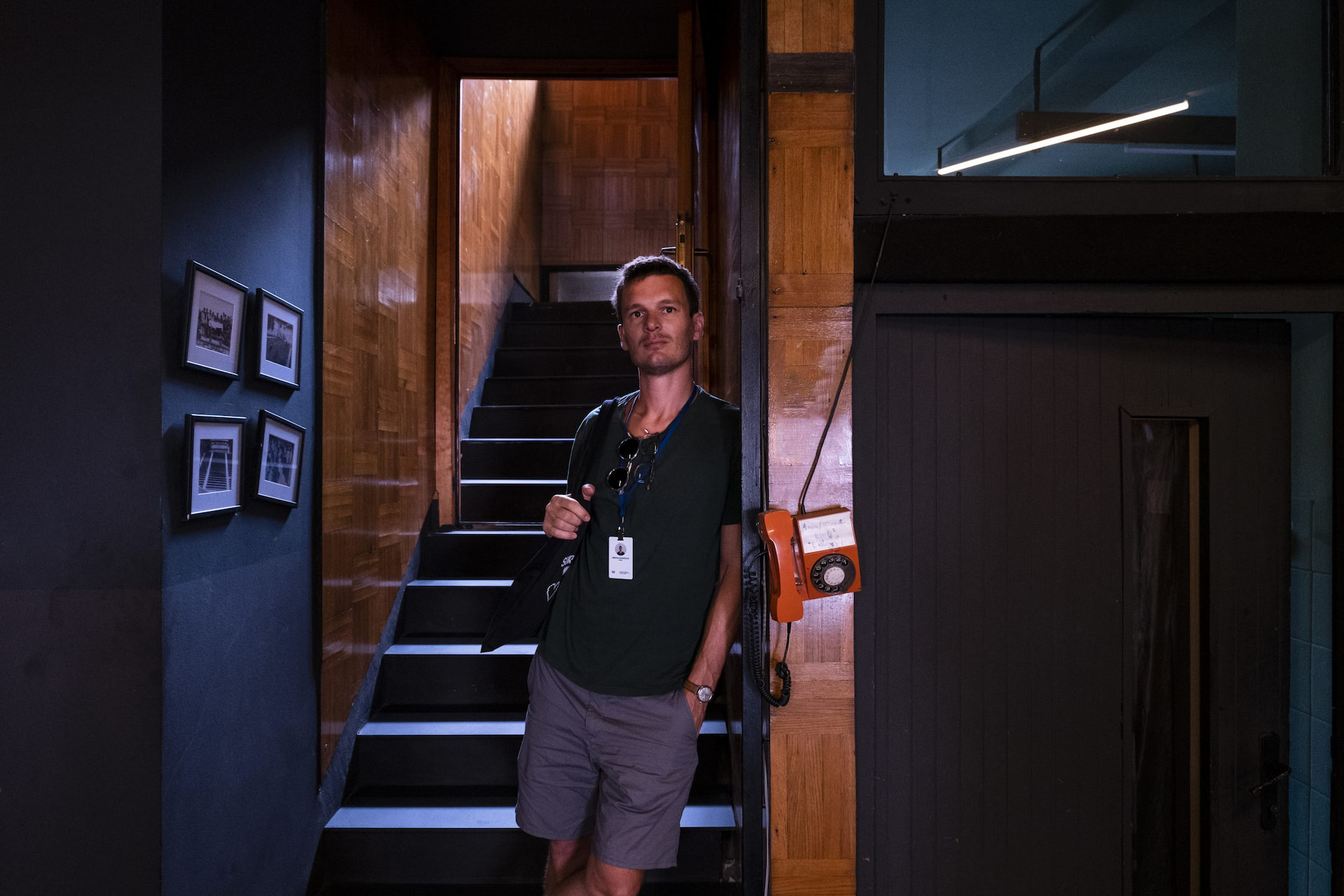
Srđan Kovačević: The story just developed in front of me
Croatian documentary filmmaker talks about factories, workers and capitalism.
|25.08.2022
|
There is no other example of a successful factory takeover in Croatia, I mean in the whole ex-Yugoslavia.
Today, there is no knowledge of collective actions in the factory or in society as a whole.

Lirika Demiri
Lirika Demiri is a former journalist at K2.0. She holds a BA in sociology from the University of Prishtina and an MA in Women's, Gender and Sexuality Studies from The Ohio State University, U.S.
This story was originally written in English.